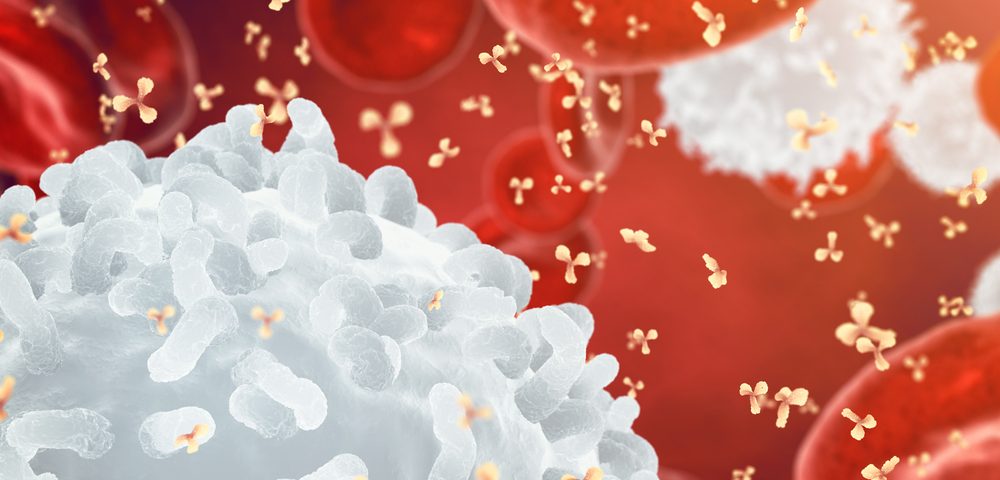Measuring the blood levels of the protein adenosine deaminase 2 (ADA2) accurately identifies macrophage activation syndrome (MAS) in children with systemic juvenile idiopathic arthritis (sJIA), a study suggests.
The research, “Adenosine Deaminase 2 as a Circulating Biomarker of Macrophage Activation Syndrome,” was presented recently at the 2019 American College of Rheumatology and the Association of Rheumatology Professionals (ACR/ARP) Annual Meeting, in Atlanta, Georgia.
MAS is a complication of rheumatic disease. It is characterized by over-activation of immune cells called macrophages, which leads to a self-perpetuating cycle of increased inflammation throughout the body. Yet, reliable biomarkers are still lacking.
“It is important to find useful biomarkers for MAS, because many of the existing markers are not very effective in distinguishing MAS from systemic inflammation,” Pui Y. Lee, MD, PhD, said in a press release. Lee is a physician at Boston Children’s Hospital and the study’s lead author.
“Early detection of MAS is extremely important, because mortality of the condition remains quite high and treatment should be started as soon as possible,” he said.
Researchers focused on ADA2, an inflammation-associated protein that is detectable in the blood. Children with ADA2 deficiency may experience early-onset vasculitis (blood vessel inflammation) and stroke, but the function and regulation of ADA2 are not entirely clear, Lee said.
“We conducted this observational study to understand whether ADA2 enzyme levels are different in various childhood rheumatologic diseases,” he added.
Among the different inflammatory conditions were sJIA (120 children), systemic lupus erythematosus (13 children), juvenile dermatomyositis (13 children), and Kawasaki disease (25 children). For comparison, the team also measured ADA2 levels in 175 children who did not have an inflammatory disease.
Of note, while juvenile dermatomyositis is characterized by skin rash, muscle inflammation and muscle weakness, Kawasaki disease causes causes blood vessel inflammation all over body.
“To our surprise, the levels [of ADA2] were very high in children with systemic JIA complicated by MAS,” said Lee. In contrast, ADA2 levels in the other inflammatory conditions — and even in active JIA without MAS — were generally within normal limits.
The sensitivity (the ability to correctly identify children with MAS) of ADA2 above normal limits in healthy individuals was 86%. Meanwhile, its specificity (the accurate identification of patients without MAS) was 93%.
Longitudinal analysis of children with sJIA and MAS showed normalization of ADA2 levels with resolution of MAS. In sJIA patients, ADA2 levels were strongly associated with those of other biomarkers of MAS, including ferritin (an iron storage protein) and the pro-inflammatory molecule interleukin-18.
Monocytes were the primary ADA2 source in peripheral blood, with hemophagocytes a prominent source of ADA2 in MAS bone marrow.
The researchers also demonstrated that monocytes, which can differentiate into macrophages, were the main source of ADA2 in the blood. According to Lee, this is a likely explanation for the higher sensitivity and specificity of ADAS2 in differentiating MAS from general inflammation compared to other tested markers.
“Our findings show that ADA2 is a valuable diagnostic marker to distinguish MAS from other forms of systemic inflammation,” Lee said. “It is our hope that ADA2 testing will become more available as a clinical test to help diagnose MAS rapidly, which will in turn facilitate treatment initiation and improve patient outcomes.”

